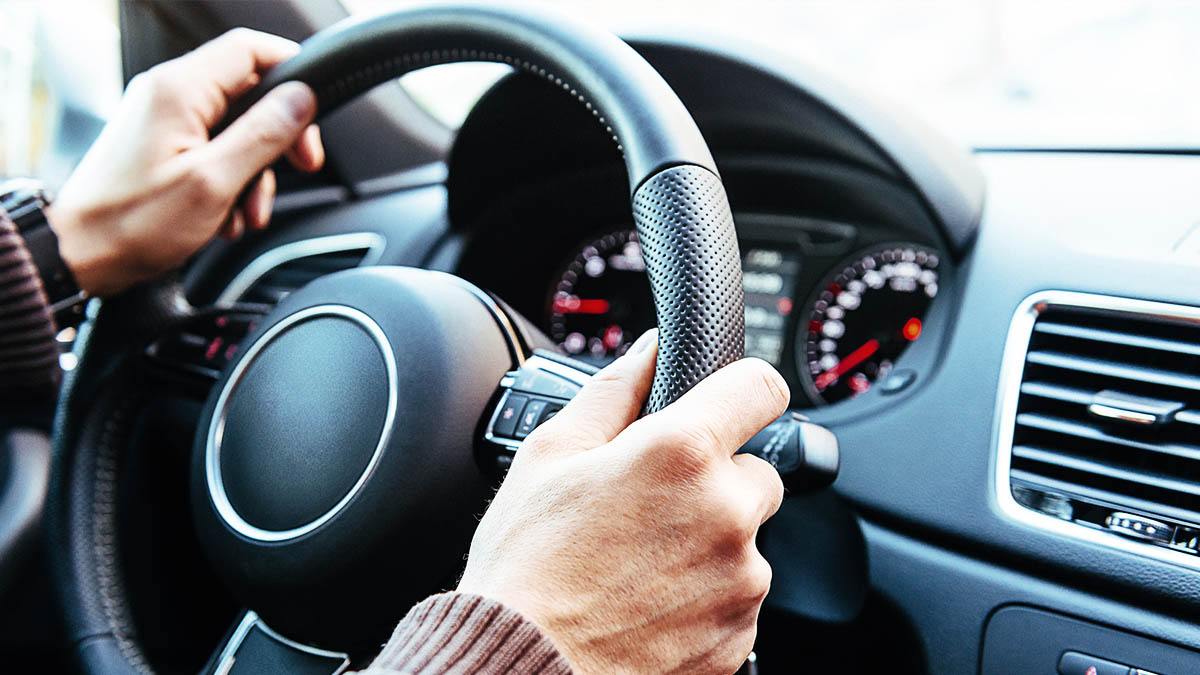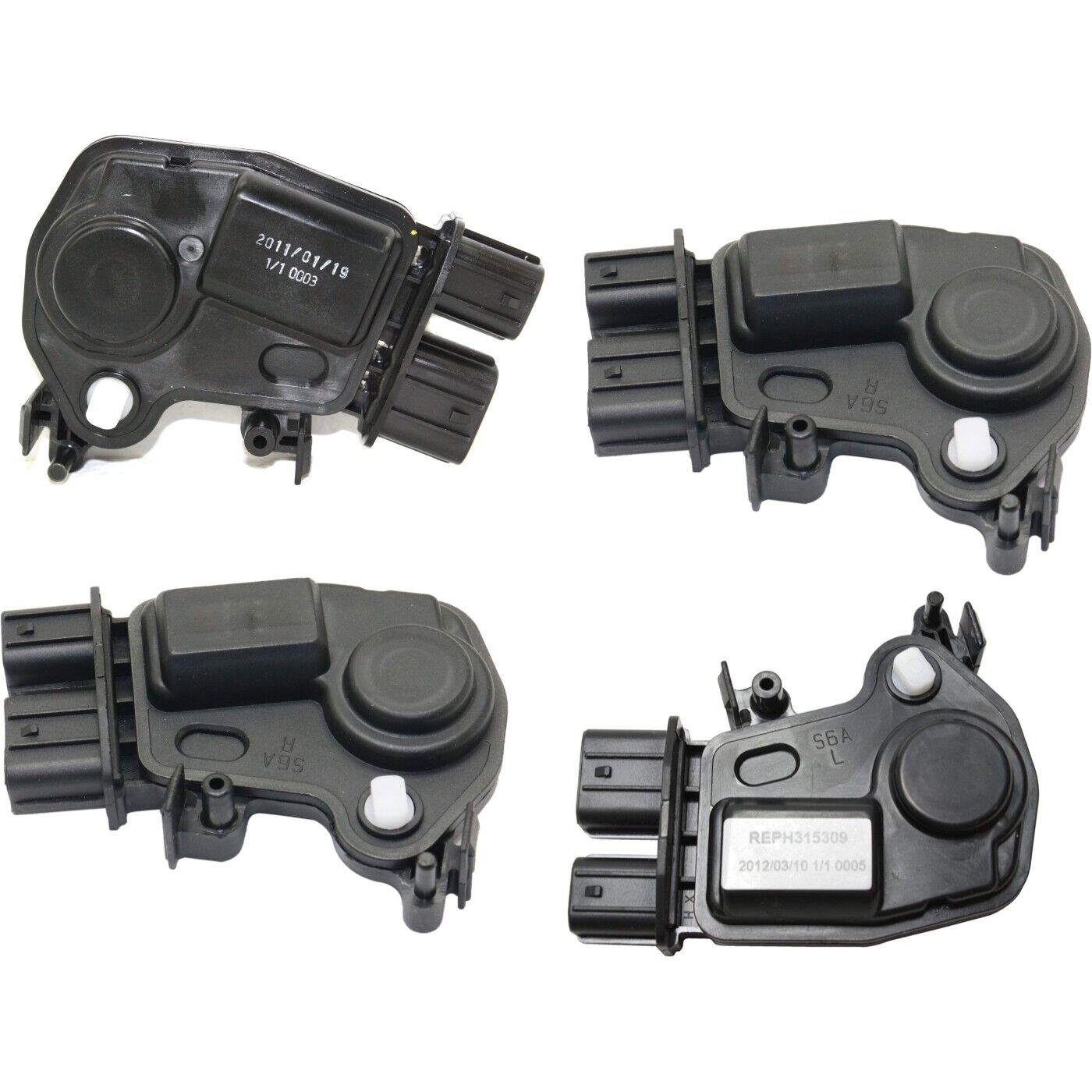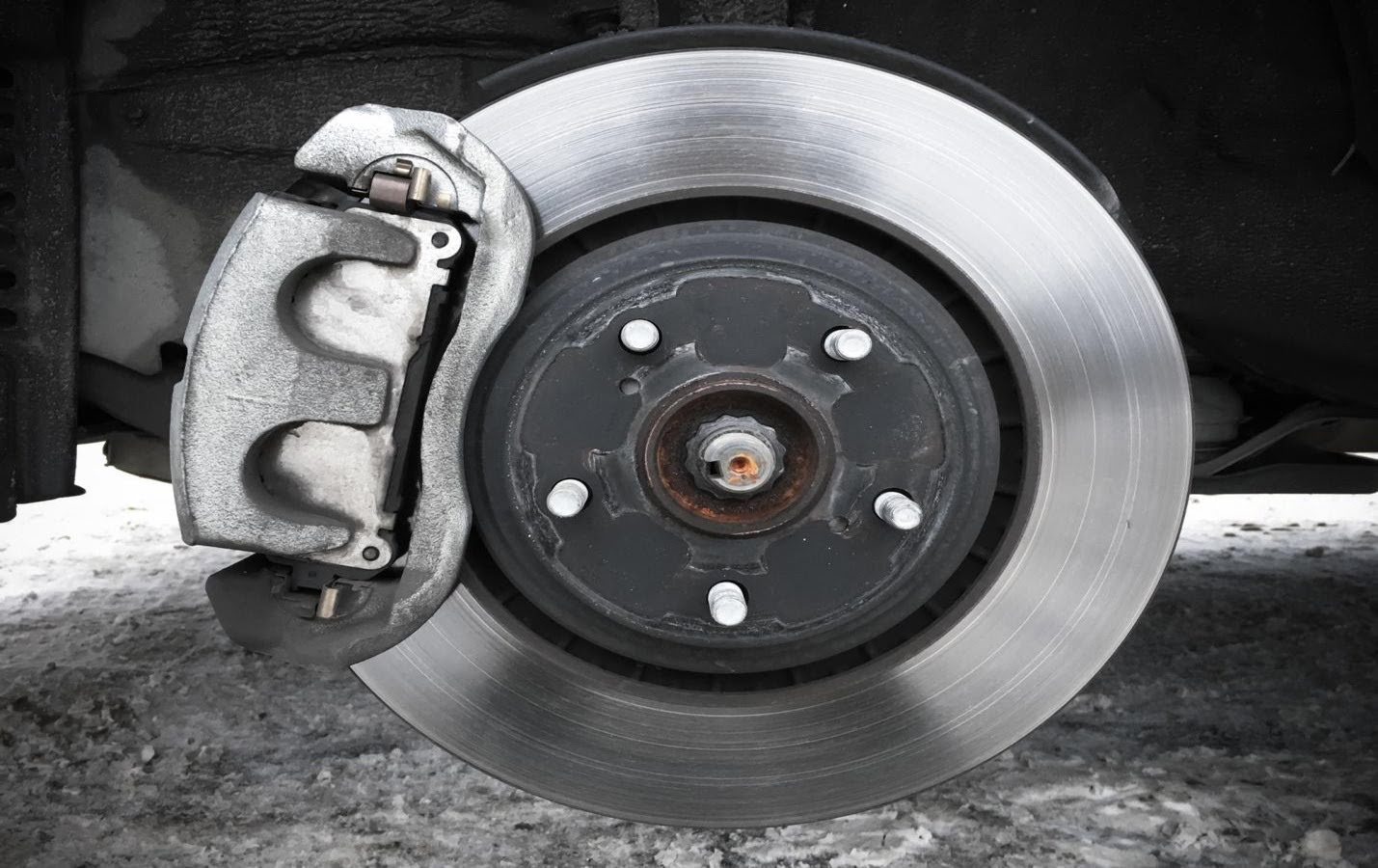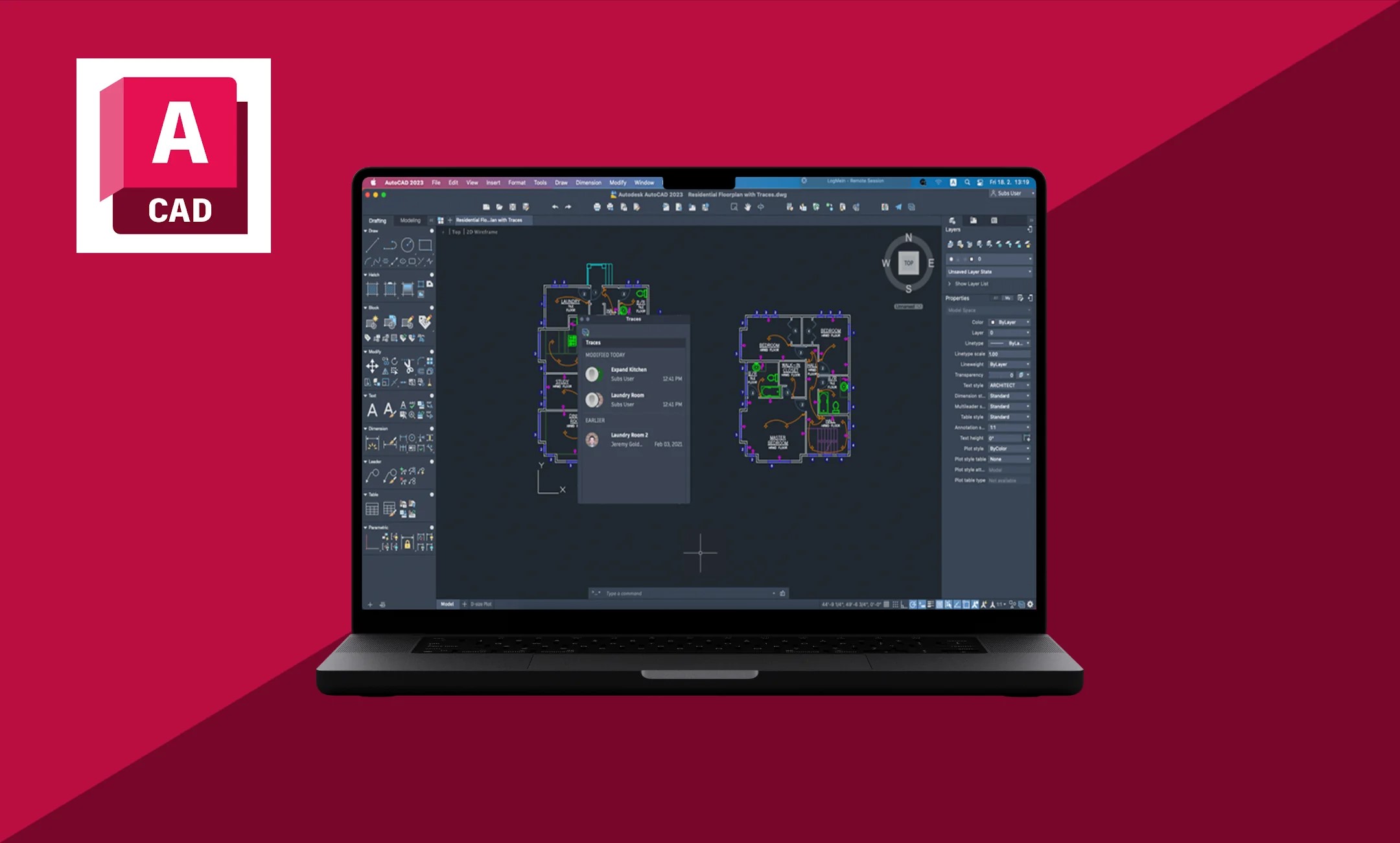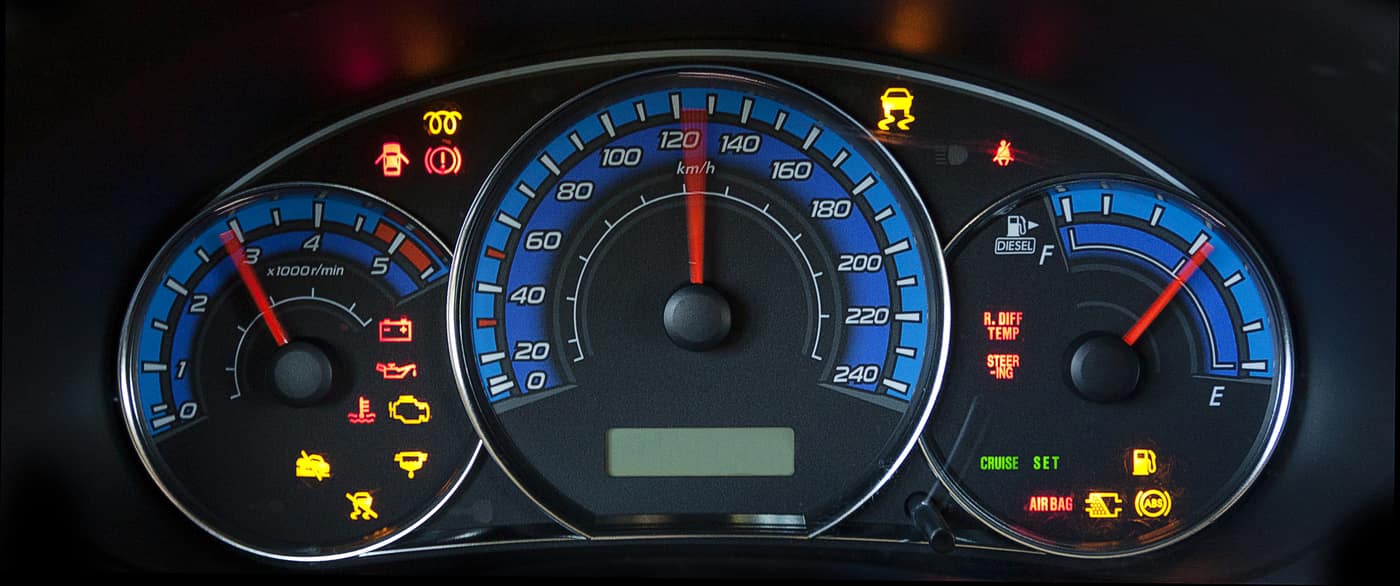

Furniture
What Does Brake Lamp Mean On A Honda Pilot
Modified: January 6, 2024
Discover what the brake lamp symbol means on a Honda Pilot and find helpful information on furniture for your home.
(Many of the links in this article redirect to a specific reviewed product. Your purchase of these products through affiliate links helps to generate commission for Storables.com, at no extra cost. Learn more)
Introduction
When driving, it’s important to keep an eye on the dashboard for any warning lights that may illuminate. One such light that can often cause concern is the brake lamp indicator. If you’re a proud owner of a Honda Pilot, you may have encountered this light at some point and wondered what it means. In this article, we will explore the significance of the brake lamp indicator on a Honda Pilot and provide insights into the possible reasons for its activation.
The brake lamp indicator serves as an important safety feature, alerting drivers to potential issues with the brake lights in their vehicle. Brake lights are crucial for informing other drivers on the road when you are slowing down or coming to a stop, ensuring their safety as well as your own. Therefore, it’s crucial to understand the meaning behind the brake lamp indicator and take appropriate action if it illuminates.
Understanding the various components and systems in your Honda Pilot can help you become a more informed and proactive car owner. Let’s delve deeper into the intricacies of the brake lamp indicator and its significance in keeping you and your passengers safe on the road.
Key Takeaways:
- Regularly checking and addressing brake lamp issues in your Honda Pilot is crucial for road safety. Simple DIY tasks like bulb replacement can resolve common problems, but professional assistance may be needed for complex electrical issues.
- Understanding the significance of the brake lamp indicator and promptly addressing any issues is key to ensuring your safety and the safety of others on the road. Regular maintenance and professional assistance can keep your Honda Pilot running safely.
Read more: What Does Brake Lamp Light Mean
Understanding Brake Lamp
Before we dive into the reasons why the brake lamp indicator might come on in your Honda Pilot, let’s first understand what the term “brake lamp” refers to. In simple terms, the brake lamps are the rear lights on your vehicle that illuminate when you press the brake pedal. These lights alert the drivers behind you to your intention to slow down or stop, ensuring a safe distance and preventing collisions.
The brake lamp indicator on your Honda Pilot’s dashboard is designed to monitor the functionality of these brake lights. When the indicator illuminates, it is an indication that there might be an issue with one or more of the brake lights in your vehicle. It may be a simple bulb failure or a more complex issue with the wiring or the brake light switch.
It’s important to note that the brake lamp indicator is separate from the ABS (Anti-Lock Braking System) warning light. The ABS warning light specifically indicates a problem with the ABS system, which is responsible for preventing the wheels from locking up during braking. The brake lamp indicator, on the other hand, focuses solely on the functionality of the brake lights.
Now that we have a basic understanding of what the brake lamp entails, let’s explore the possible reasons for the indicator light illuminating and the steps you can take to address the issue.
Possible Reasons for Brake Lamp Indication
There are several possible reasons why the brake lamp indicator may illuminate on your Honda Pilot. Let’s take a closer look at some of the common culprits:
- Blown Bulb: One of the most common causes of the brake lamp indicator coming on is a blown brake light bulb. Over time, the bulbs can wear out and fail, resulting in the indicator light activating. In this case, the solution is relatively simple – replace the faulty bulb with a new one.
- Faulty Wiring: Another potential cause of the brake lamp indicator coming on is a problem with the wiring in the brake light circuit. This can occur due to damaged or frayed wires, loose connections, or corrosion. If you suspect a wiring issue, it’s best to have a professional mechanic inspect and repair the wiring to ensure proper functionality of the brake lights.
- Brake Light Switch Malfunction: The brake light switch is a small component located near the top of the brake pedal arm. It is responsible for activating the brake lights when you press the pedal. If the brake light switch malfunctions or becomes misaligned, it can cause the brake lamp indicator to illuminate. In this case, the switch may need to be adjusted or replaced to resolve the issue.
- Brake Light Fuse: A blown brake light fuse can also trigger the brake lamp indicator. The fuse protects the electrical system and can blow due to a power surge or a fault in the circuit. Checking and replacing a blown brake light fuse is a relatively simple task that can be done with the help of your vehicle’s owner’s manual.
- Other Electrical Issues: In some cases, the brake lamp indicator may come on due to other electrical issues within the vehicle. These can range from faulty relays to problems in the central control module. Diagnosing and repairing these types of issues may require the expertise of a qualified mechanic or automotive electrician.
Remember, if the brake lamp indicator illuminates, it is essential to address the issue promptly to ensure the proper functioning of your brake lights and maintain optimal safety on the road. Now that we have explored some of the potential causes, let’s discuss how to check the brake lights in your Honda Pilot.
If the brake lamp on your Honda Pilot is illuminated, it could indicate a problem with the brake system. Check the brake fluid level and the condition of the brake pads. If everything appears normal, it’s best to have the vehicle inspected by a professional mechanic to diagnose and address any potential issues.
Checking the Brake Lights
When the brake lamp indicator comes on in your Honda Pilot, it’s crucial to confirm whether there is an issue with the brake lights themselves. Here are a few simple steps to help you check the brake lights:
- Enlist Assistance: To effectively check the brake lights, you will need someone to assist you. Ask a family member or a friend to stand behind the vehicle while you operate the brakes.
- Turn on the Ignition: Start by turning on the ignition without starting the engine. This will enable you to activate the brake lights without the engine noise or distractions.
- Activate the Brake Pedal: With the assistance of your helper, press the brake pedal while observing the rear brake lights. You should see the brake lights illuminate brightly when the pedal is pressed. If one or both lights fail to light up, there is likely an issue that needs to be addressed.
- Check the Hazard Lights: In addition to checking the brake lights, it’s also a good idea to test the hazard lights. Activate the hazard lights and ensure that both rear brake lights are flashing simultaneously. If one side fails to flash, it may indicate a problem with the bulb or wiring.
- Inspect the Bulbs: If the brake lights are not functioning, you can inspect the bulbs for signs of damage or blown filaments. Carefully remove the bulb housing and visually inspect the bulbs. If a bulb is blown or damaged, replace it with a new one of the appropriate size and type.
- Consult a Professional: If the brake lights still do not work after replacing the bulbs, or if you suspect a more complex issue, it’s advisable to consult a professional mechanic. They have the necessary tools, expertise, and diagnostic equipment to identify and resolve any underlying electrical issues with your brake lights.
Regularly checking the brake lights in your Honda Pilot is a simple yet essential maintenance practice. It ensures that your brake lights are functioning correctly, keeping you and others safe on the road. In the next section, we will discuss some common brake light issues and their potential solutions.
Common Brake Light Issues and Solutions
While the brake lamp indicator on your Honda Pilot can be triggered by various issues, there are a few common brake light problems that many car owners may encounter. Here are some of these issues along with their potential solutions:
- Blown Bulbs: As mentioned earlier, a blown brake light bulb is a common cause of the brake lamp indicator coming on. To resolve this issue, simply replace the faulty bulb with a new one of the correct size and type. It’s a relatively simple DIY task that can be accomplished with basic tools.
- Faulty Brake Light Switch: If the brake lights fail to illuminate even after replacing the bulbs, it’s possible that the brake light switch is malfunctioning. In this case, the switch may need to be adjusted or replaced. A professional mechanic can properly diagnose the issue and perform the necessary repairs.
- Wiring Problems: Damaged or faulty wiring can also cause the brake lamp indicator to activate. If you suspect a wiring issue, it’s best to have a professional inspect and repair the wiring. They have the expertise and specialized tools to diagnose and resolve any wiring problems that may be affecting the brake lights.
- Corroded Connections: Corrosion can occur at the connections between the wiring and the brake light bulbs, resulting in poor electrical contact. If you notice signs of corrosion, gently clean the contacts with a wire brush or contact cleaner. Ensure that the connections are secure and free from debris or rust.
- Fuse Replacement: If the brake light fuse has blown, it will need to be replaced. Locate the fuse box, usually found in the engine compartment or under the dashboard, and consult your vehicle’s owner’s manual to identify the correct fuse. Replace the blown fuse with a new one of the same amperage rating.
It’s important to note that while some brake light issues can be easily resolved with basic troubleshooting and maintenance, others may require the expertise of a professional mechanic. If you’re unsure about how to proceed or the issue persists despite your efforts, it’s best to seek professional assistance to ensure the proper functioning of your brake lights and your overall safety on the road.
Now that we’ve covered the common brake light issues and their potential solutions, let’s wrap up this article with a few key points.
Read more: What Does Emission Control Lamp Mean
Conclusion
The brake lamp indicator on your Honda Pilot serves as a crucial safety feature, alerting you to potential issues with your brake lights. Understanding the significance of this indicator and addressing any problems promptly is key to ensuring your safety and the safety of others on the road.
In this article, we explored the meaning of the brake lamp indicator and identified possible reasons for its activation. From blown bulbs to faulty wiring or a malfunctioning brake light switch, there are several potential culprits that can trigger the indicator. By checking the brake lights and addressing common issues such as blown bulbs or corroded connections, you can often resolve the problem on your own.
However, it’s important to remember that more complex electrical issues may require the expertise of a professional mechanic. They have the knowledge and diagnostic tools to identify and repair wiring problems or faulty components.
Regularly checking your brake lights and promptly addressing any issues that arise is a simple yet essential part of vehicle maintenance. By doing so, you can ensure that your brake lights are always functioning properly, providing the necessary signals to other drivers and ensuring a safe driving experience.
Remember, if you’re unsure about how to handle a brake lamp issue or if the problem persists despite your efforts, it’s always best to consult a professional. They will be able to provide expert guidance and assistance to keep your Honda Pilot running safely on the road.
By understanding the brake lamp indicator and staying on top of your vehicle’s maintenance, you can drive with confidence and peace of mind knowing that your brake lights are in optimal working condition.
Frequently Asked Questions about What Does Brake Lamp Mean On A Honda Pilot
Was this page helpful?
At Storables.com, we guarantee accurate and reliable information. Our content, validated by Expert Board Contributors, is crafted following stringent Editorial Policies. We're committed to providing you with well-researched, expert-backed insights for all your informational needs.
